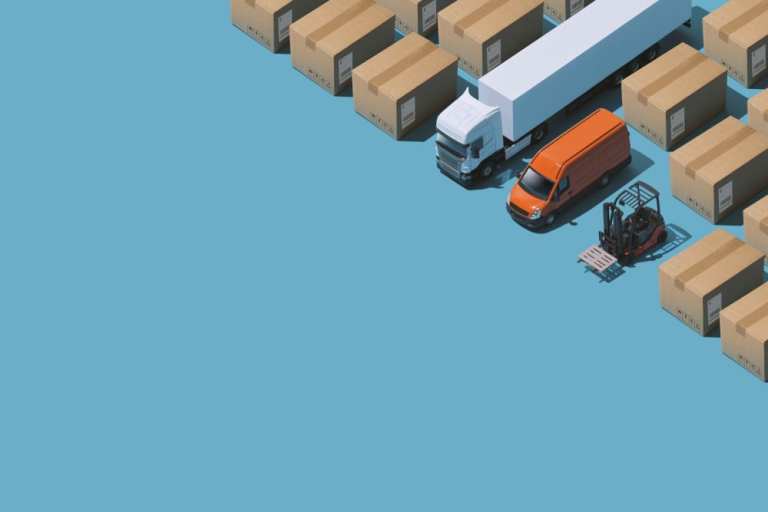
Amazon has elevated consumers’ shipping expectations: greater speed, lower cost and heightened transparency into shipping are now requirements for many online shoppers. It’s a race that small and medium-sized businesses (SMBs), both B2C and B2B, can struggle to keep up with considering their limited resources to invest in warehousing, fulfillment, shipping and other logistics operations.
Courtnei Sanders, go-to-market & revenue strategy analyst at Ware2Go, said there is a whole host of reasons why shipping quickly becomes a painful headache for SMBs.
“It’s no longer enough just to create a good product,” she told PYMNTS in a recent interview. “You need to provide a superior customer experience.”
Shipping is increasingly a significant part of that customer experience, she continued, and in a market in which logistics needs and demands are rapidly evolving, SMBs cannot afford to ignore this factor.
“It’s a high-growth startup having the visibility to understand how much warehouse capacity they need,” she said. “You’ve got short-term seasonality demands. You’ve got experiments and promotions that businesses will run — for example, maybe you’re launching a new product line, or launching into a new market.”
A quickly growing startup may be experiencing significant year-on-year growth, but it can be extremely difficult to predict their exact warehousing capacity needs a year out.
Further, the current business models at play among third-party logistics providers (3PLs) are not conducive to supporting SMBs’ need for flexibility, Sanders noted. The current market, she said, is “dominated” by long-term contracts and minimum capacity requirements that can quickly throw an SMB’s operations off course.
A slowdown in sales during an off-season may mean a business fails to meet a warehouse’s minimum capacity threshold. On the other end of the spectrum, a high-growth startup may find itself needing greater warehousing capacity than it predicted it would when it signed a long-term contract.
For both B2B and B2C businesses, the consequences of a warehousing imbalance can be expensive. Sanders offered the example of a local bike shop to demonstrate how that imbalance can affect companies along the supply chain.
“Say a customer comes into a shop looking for a helmet, but the dealer doesn’t have that particular size,” she said. “Unless they can promise the customer quick fulfillment of that order — within a couple of days — that customer, very likely, will head out the store, pull up their phone, and buy it somewhere else online.”
For the B2C business, this is clearly a lost sale. But for the bike shop’s vendors, there is money being lost, too. The effects of being unable to fulfill orders and maintain inventory can be felt down the supply chain, and according to Sanders, a B2B business risks losing a contract or partnership with a B2C seller if it cannot provide stock quickly.
And at the same time, consumers are bringing their demands for faster shipping into the workplace, too, demanding quicker and more transparent shipping when ordering for their businesses.
To address these challenges, Sanders said the rise of both the on-demand and matchmaking business models have been instrumental in connecting SMBs with more flexible and cost-effective warehousing and fulfillment solutions. A matchmaking marketplace model enables a company like Ware2Go to essentially crowdsource warehouses for SMBs on an on-demand basis.
This strategy means a SMBs based on the East Coast won’t be forced into a long-term contract with a 3PL in California in order to ship more quickly to buyers on the West Coast, for instance.
This business model also means simplified vendor management and B2B payments, she added, with the matchmaker platform operating as the single point for transactions.
The key to faster shipping, noted Sanders, is reducing the number of intermediaries that have to touch a shipment as it moves from one point to another. That means warehousing items closer to the location of the buyer.
But when a high-growth startup or mom-and-pop shop isn’t entirely sure of how much inventory they’ll need in a particular region at any given time of the year, having access to warehousing and fulfillment services on demand is an important part of growth.
“I think a lot of what you’re seeing in logistics and fulfillment and the way merchants contextualize that is there is a need for cost optimization and visibility in their supply chain to strategically differentiate themselves,” she noted.